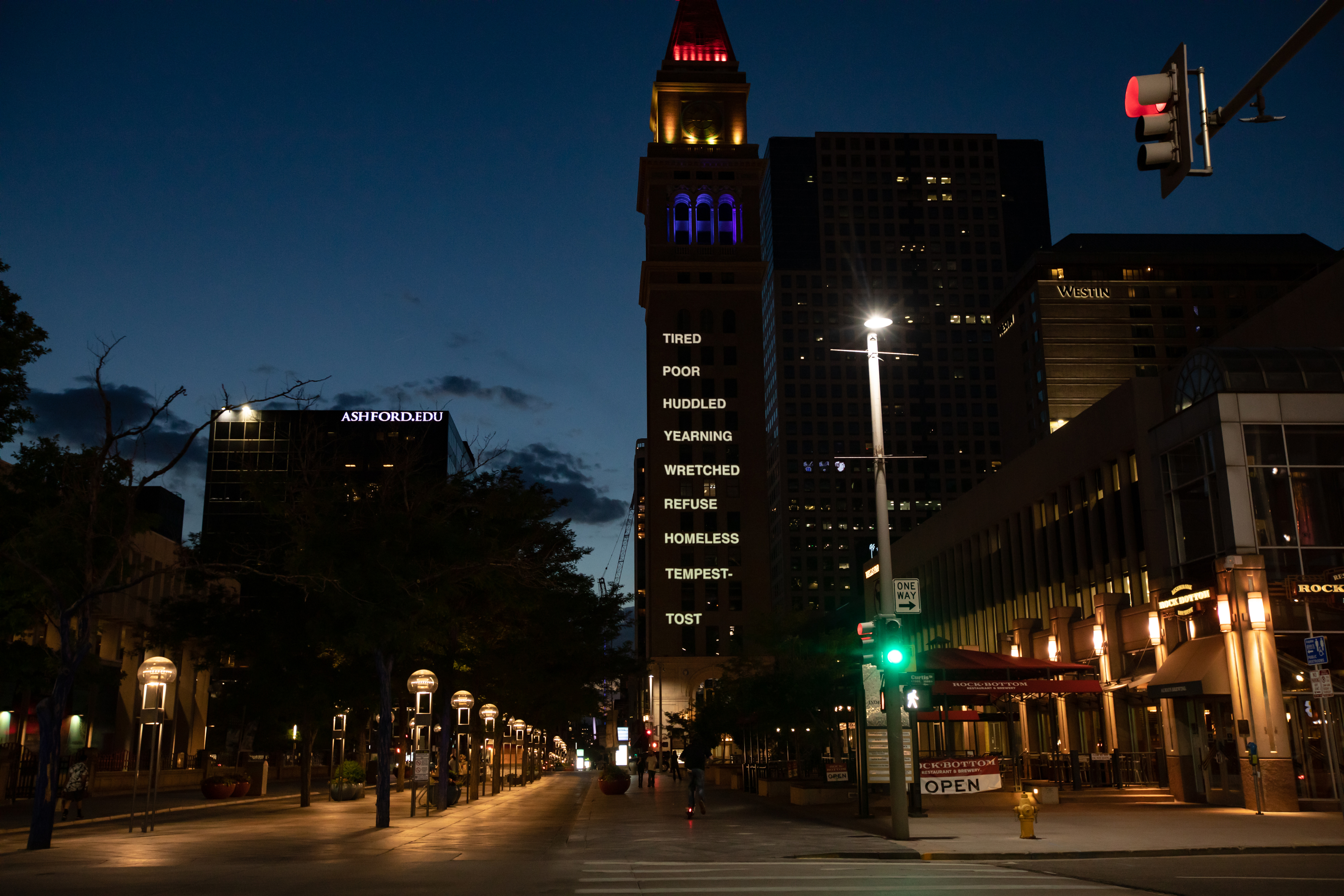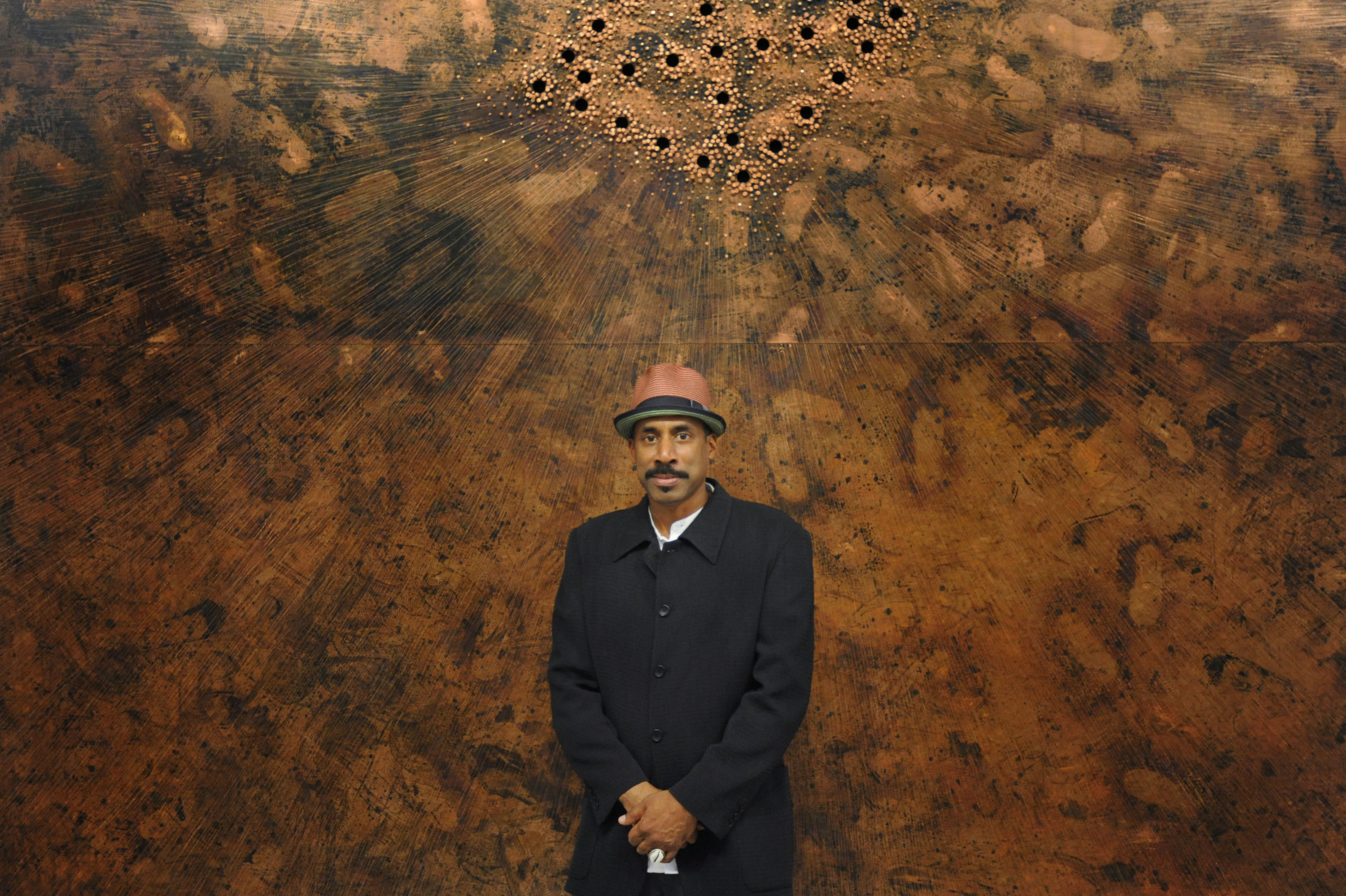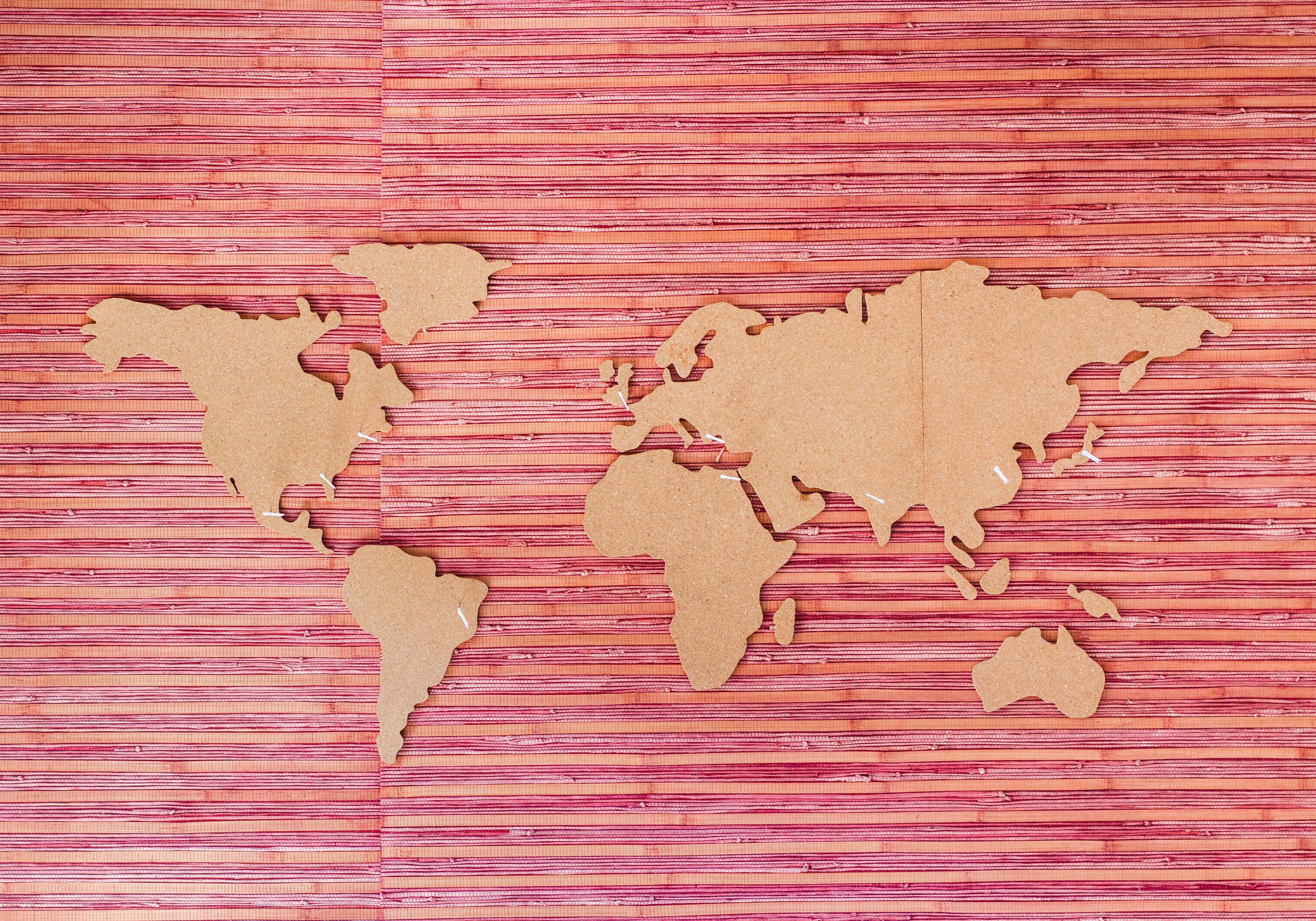Explore Nari Ward: We the People via Audio Guide
Nari Ward: We the People has an audio guide that accompanies the exhibition. In-person visitors can learn more about most of the works on view by engaging with the cell phone prompts sprinkled throughout the exhibition. And if you aren't quite ready to visit the museum in person, you can still access the audio guide content and get a deep-dive into the work on view from the comfort of your own cell phone. You can find the prompts below so that you can listen whenever you'd like. Enjoy.
Since the early 1990s, Nari Ward has produced sculptures by accumulating staggering amounts of humble materials and repurposing them in surprising ways. His approach draws from a variety of art historical and folk traditions and especially reflects the textures of Harlem, where he has lived and worked for the past 25 years. Seeking out the personal and social narratives embedded in materials, he conceives of his sculptures as tools for articulating relationships between people. Over the past three decades, he has addressed topics such as historical memory, political and economic disenfranchisement, racism, and democracy in an effort to express both the tenuousness and the resilience of his community.
Hear Gary Carrion-Murayari, New Museum Kraus Family Curator and one of the curators of the exhibition, introduce the exhibition by calling 720-845-5413 then enter:
- Code 101 for English
- Code 201 for Spanish
Naturalization Drawing Table
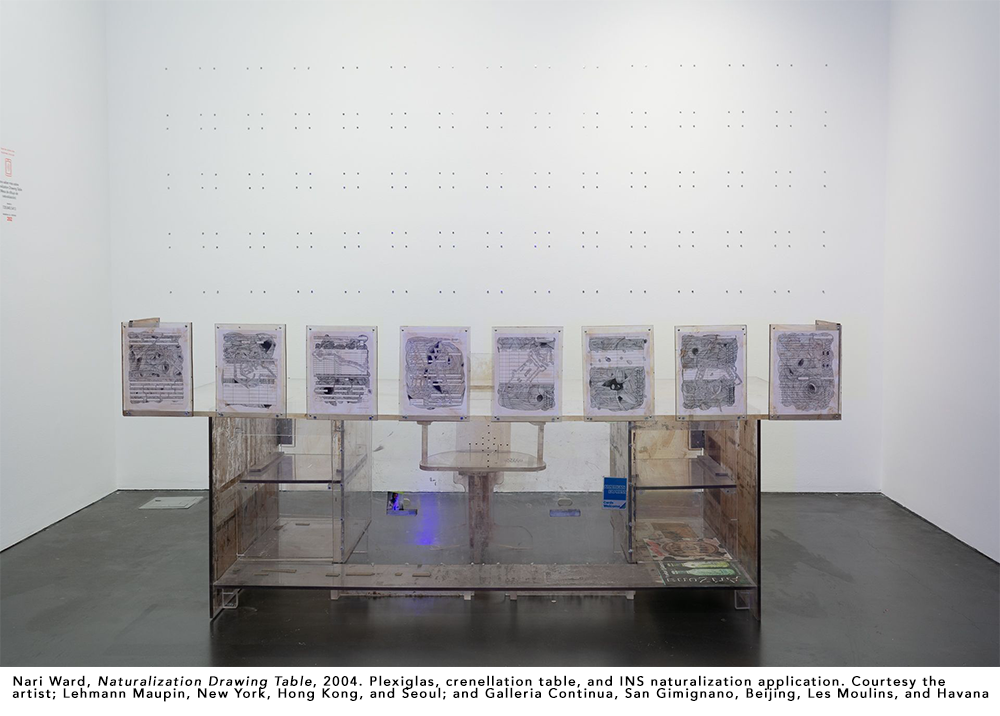
Citizenship is often taken for granted by those who have possessed it since birth. Yet for many immigrants, American citizenship is something sought after and earned through years, often decades, of navigating the bureaucratic apparatus of the United States government. Naturalization Drawing Table crystallizes Nari Ward’s ongoing concerns with forms of belonging and the infrastructures that enforce or deny it. Although he moved to the United States as a child, Ward did not become a citizen until eight years after creating this work, inspired by the intimidating process of applying for citizenship and by the country’s hostility toward immigrants.
Learn more about Naturalization Drawing Table by calling 720-845-5413 then enter:
- Code 102 for English
- Code 202 for Spanish
We the People
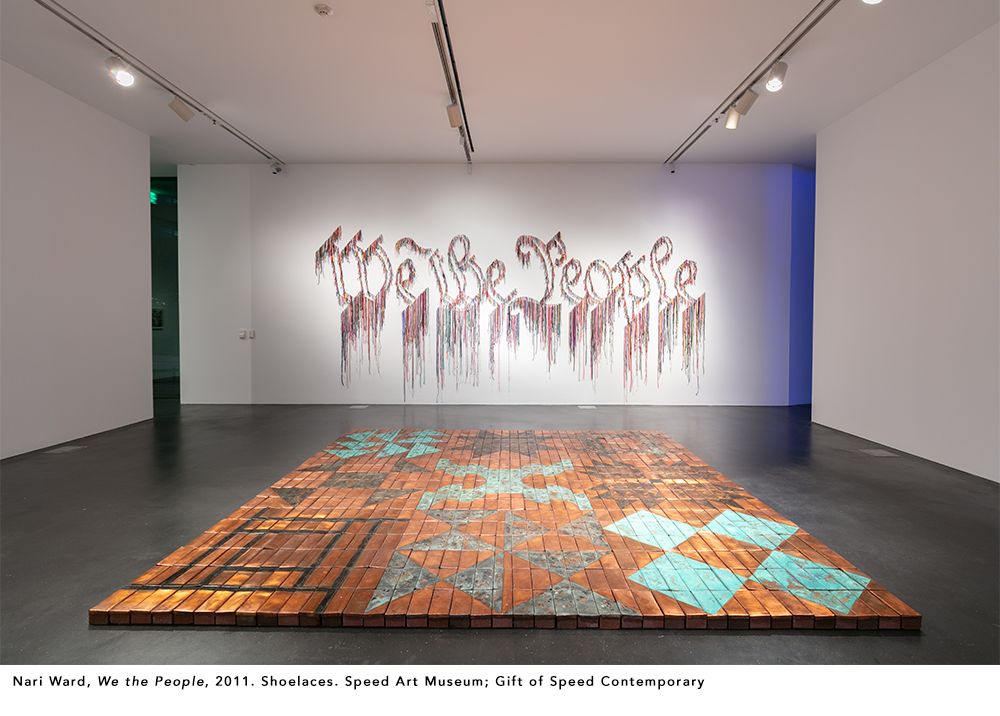
We the People depicts the first three words of the Preamble to the United States Constitution, which reads in full: “We the People of the United States, in Order to form a more perfect Union, establish Justice, insure domestic Tranquility, provide for the common defense, promote the general Welfare, and secure the Blessings of Liberty to ourselves and our Posterity, do ordain and establish this Constitution for the United States of America.” With these simple words that introduce the country’s most foundational set of rights, Ward raises questions about what defines the United States and whose values it represents.
Learn more about We the People by calling 720-845-5413 then enter:
- Code 103 for English
- Code 203 for Spanish
Iron Heavens
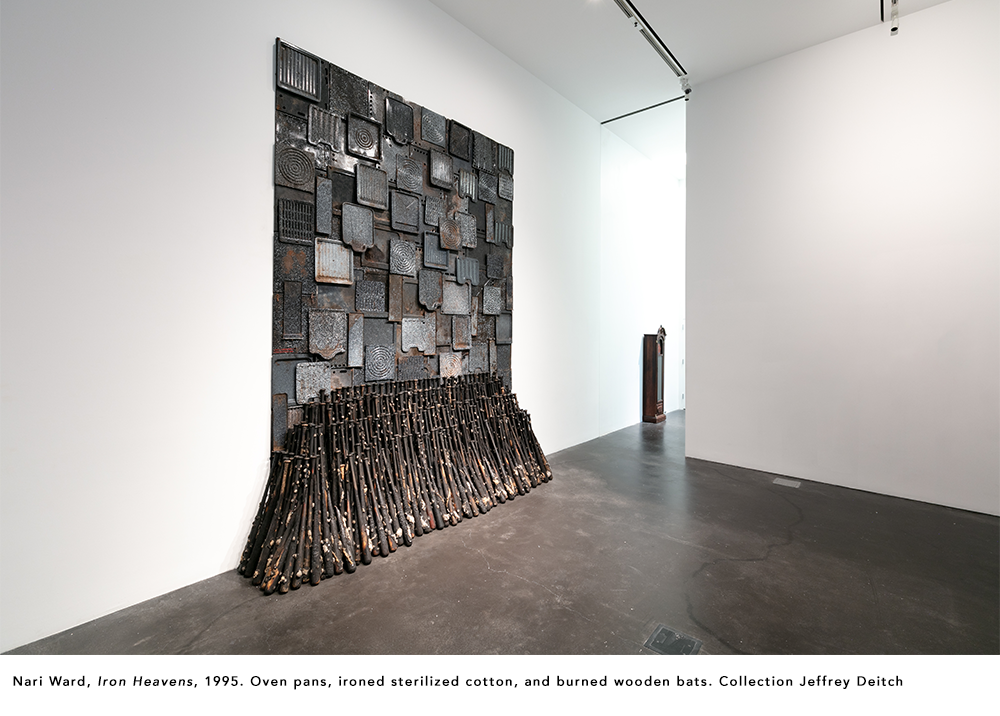
Iron Heavens, which Ward originally created for the 1995 Whitney Biennial, takes on issues of violence, transformation, and healing. It consists of a mountain of charred baseball bats gathered in front of a wall of overlapping metal cooking pans. To create the work, Ward charred each bat, then adorned them with sterilized cotton balls that had been dipped in sugar, ironed, and dried, so that the edges hardened to create small amulets. Aside from their athletic function, baseball bats evoke the threat of violence—specifically violence toward marginalized groups. The cotton and sugar, too, bear weighty associations, with their historical ties to the brutality of chattel slavery. In spite of these traumatic connotations, Ward understands the careful application of cotton amulets as a process of healing in response to the destructive act of burning that preceded it. The bats rest in front of the sprawling field of metal to create an installation that resembles both a ritual shrine and a celestial landscape.
Learn more about Iron Heavens by calling 720-845-5413 then enter:
- Code 104 for English
- Code 204 for Spanish
Exodus
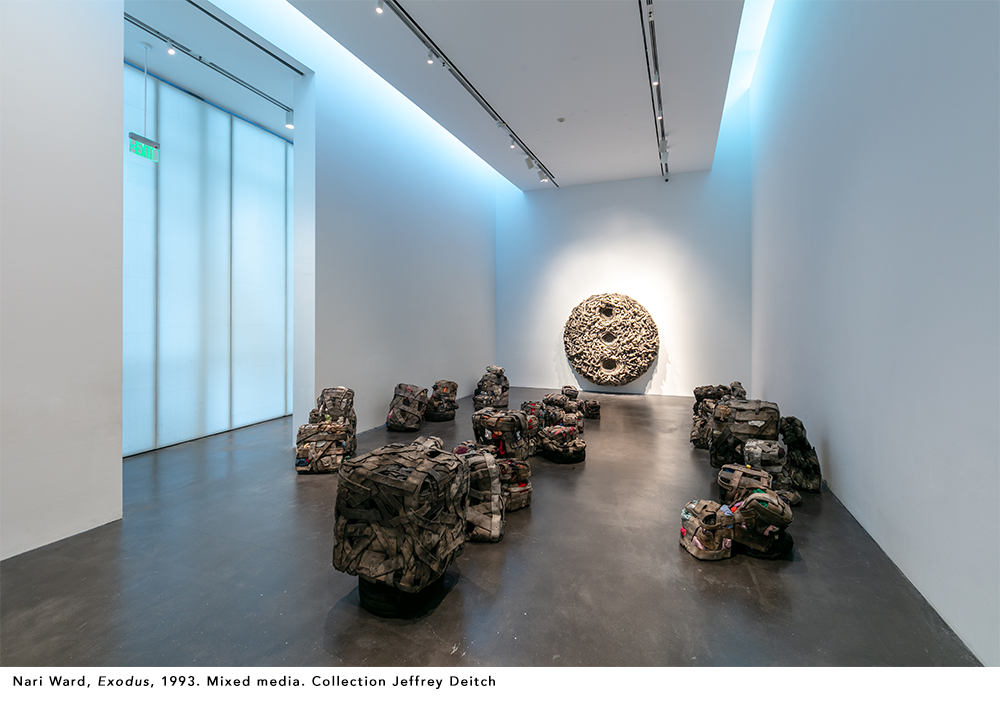
Nari Ward’s first major international exposure was at the 1993 Venice Biennale, an event that signaled a new global awareness in contemporary art. Ward presented a major installation titled Exodus, a mandala-like object surrounded by dozens of enigmatic bundles of fabric and fire hoses. With Exodus, Ward reflected on experiences of displacement in Harlem, a neighborhood defined by historical patterns of migration from the American South and enriched by subsequent waves of newcomers from the Caribbean, Latin America, and Africa. Ward has described the dislocated forms in his work as “vessels”: unmoored from the sculptural epicenter, they evoke containers for memories and histories that have been battered or dispossessed. Exodus grapples with lived experiences of exclusion, discrimination, expulsion, poverty, and neglect—realities that remain relevant amid today’s global refugee crises. The work engages a spiritual language that connects the artist’s roots to the vernacular of the global diaspora and creates emotional resonance beyond the strictures of traditional religious symbolism.
Learn more about Exodus by calling 720-845-5413 then enter:
- Code 105 for English
- Code 205 for Spanish
Amazing Grace
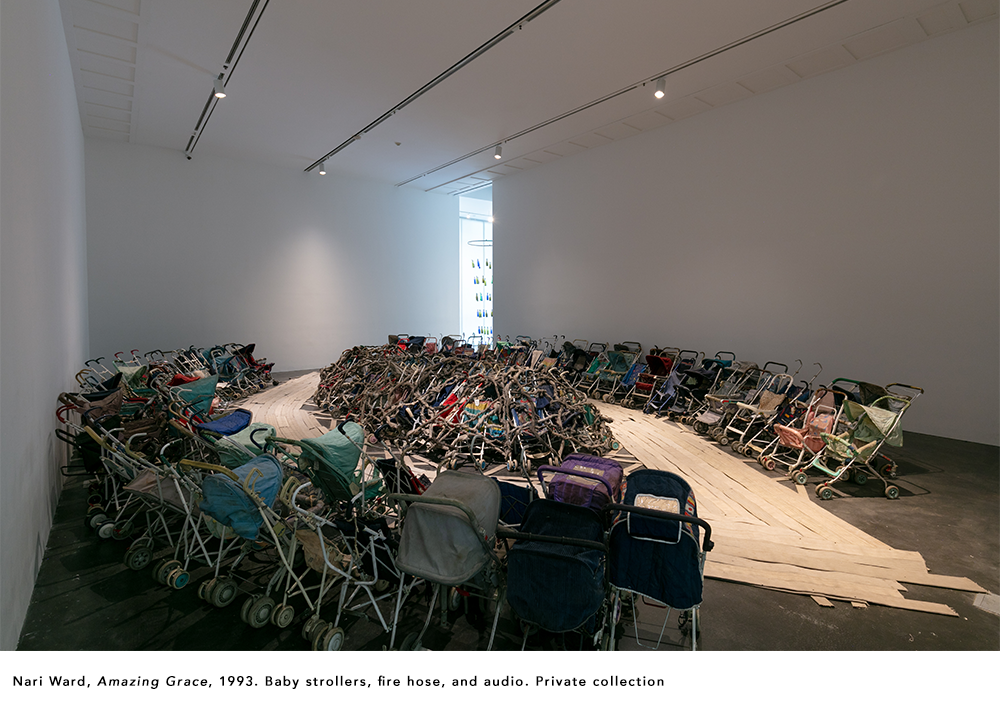
Following his residency at The Studio Museum in Harlem in 1992, Nari Ward installed Amazing Grace in an abandoned firehouse (now the artist’s studio) on West 141st Street from September to December of 1993. The work comprises approximately 280 abandoned strollers collected from the surrounding neighborhood, encompassed by a field of flattened fire hoses. As with other early works, Ward created Amazing Grace by accumulating and transforming materials that would otherwise be considered trash. A recording of singer Mahalia Jackson performing the popular gospel hymn “Amazing Grace” accompanies the installation, suffusing it with an uplifting, reverential tone.
Learn more about Amazing Grace by calling 720-845-5413 then enter:
- Code 106 for English
- Code 206 for Spanish
